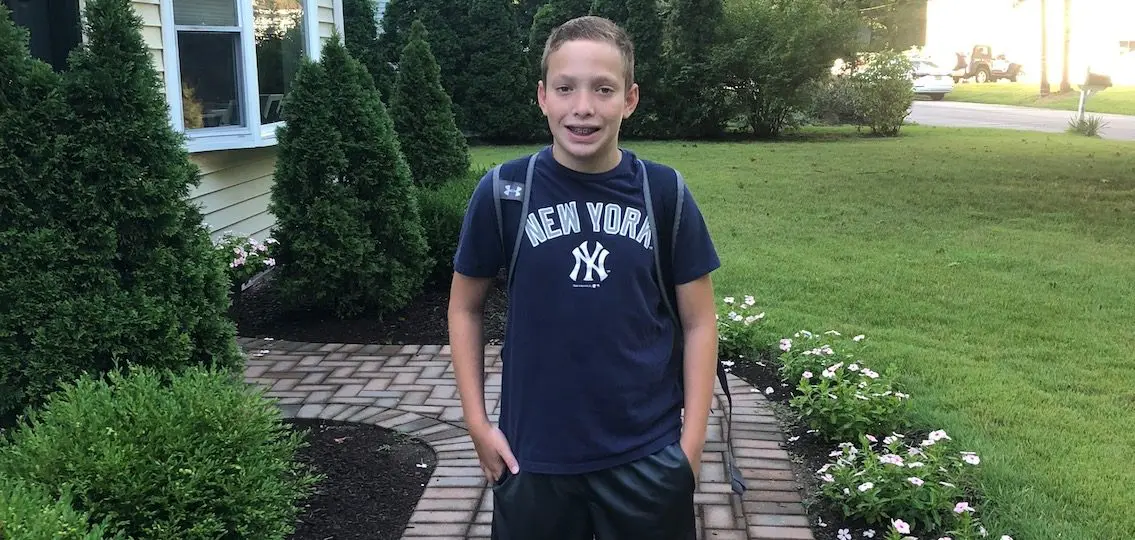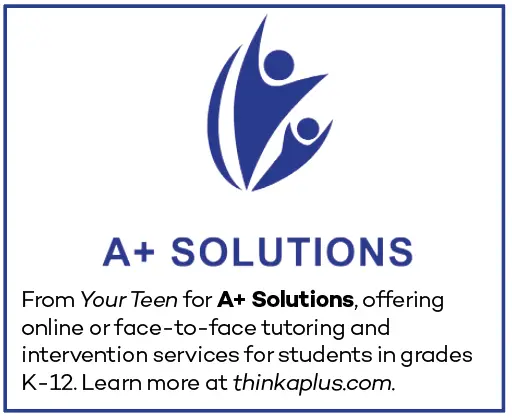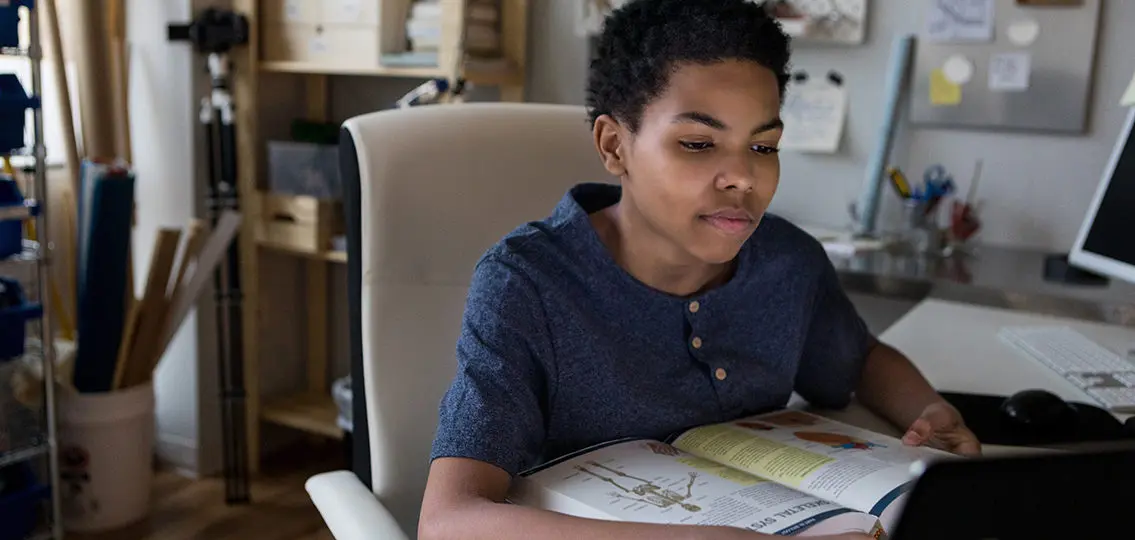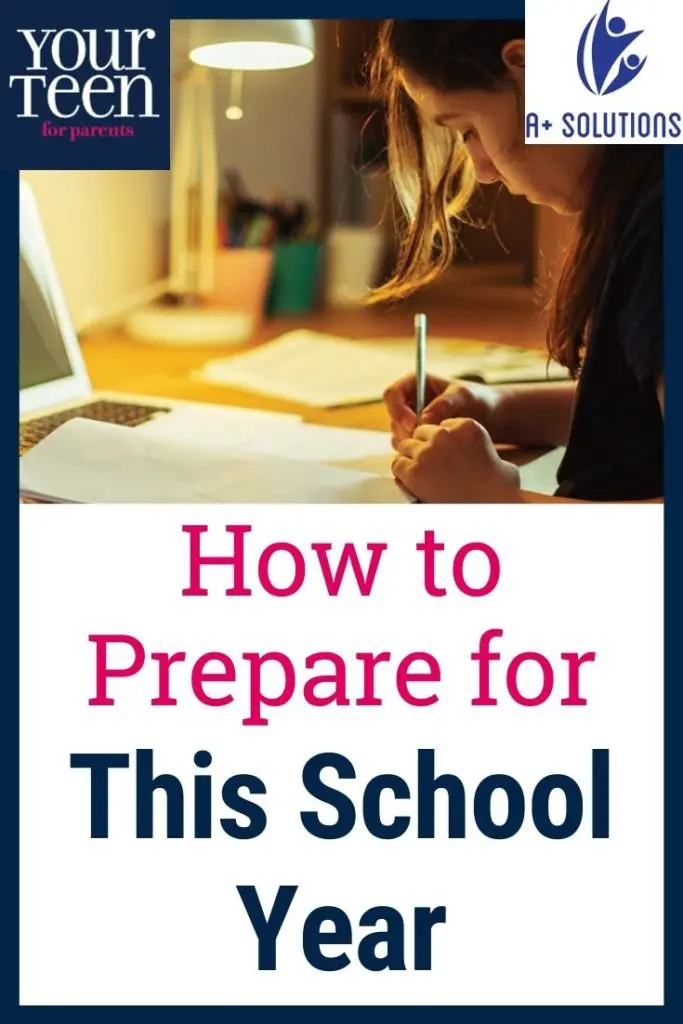While I knew my daughter’s freshman year of high school would come with new experiences and possible frustrations, I never pictured her experience would be complicated by a global pandemic. Like parents everywhere, this summer meant waiting anxiously for news from our school district about fall plans. As the news from our district kept changing, I felt frozen in place by uncertainty.


“A lot of parents are panicking right now because the 2020 school year will not look like it typically would, no matter where you live,” says Meyers. To counteract that panic, she tells parents, “now is the time to make a proactive plan for how to achieve academic success.”
How to Prepare for Distance Learning
Here are some of Meyers’s top suggestions, based on her experience in working with families right now:
Set up a family schedule
If both parents are working full time, families will need to get creative with their schedules in order to help their teens navigate remote learning. “Find a way to work the family schedule around schooling. Even though that sounds crazy, it may be necessary if your child is not an independent learner,” says Meyers. While parents are working, students should complete the work that they are able to do on their own. Parents may need to juggle their work schedules if possible and move some school time to evenings and weekends. Parents and students will need to have a flexible mindset in order to make this work.
Create a student workspace
Now is the time to ask your student what they need to make their “school office” workable. Most teenagers need a private, quiet space so they can work without distraction. Figure out what supplies they’ll need, and make sure they have a working laptop or Chromebook with all of the capabilities they may need for their particular learning platform.
Hire a tutor/coach
Whether you decide to have your student learn through your school’s virtual program or find an independent remote learning program to follow, Meyers believes that all but the most independent learners will need some guidance in this new way of learning. Some students will need a tutor who is like a coach to check-in and add some guideposts and suggestions, while others will need a tutor who can do some teaching alongside the remote program.
| [adrotate banner=”179″] |
Start a learning pod:
Some parents are taking a co-op approach and banding together to form “pods” where groups of students learn together with a hired teacher, tutor or parent. Meyers says groups can split the cost of a teacher or tutor who will guide students through a virtual learning program, or the teacher can bring the curriculum to the students. The plus of this approach is that students still get social interaction because they’re meeting to learn together at one or more of the homes or in a designated learning spot.
Foster peer interactions
With COVID-19, teenagers are facing new levels of loneliness. Parents should ask the counselors at their school what they may be putting in place to help create peer-to-peer interactions during the year. Look to community recreation centers and organizations that run camps and classes to find out what they are offering. Meyers also suggests helping your student create online, or if possible, in-person study groups. “Model how you are getting your social needs met. Say out loud, ‘I haven’t seen my friends lately, so I’m setting up a Zoom call for Sunday afternoon, and I can’t wait to connect with them.’” says Meyers.

With a little help, we can all get through this safely together.





